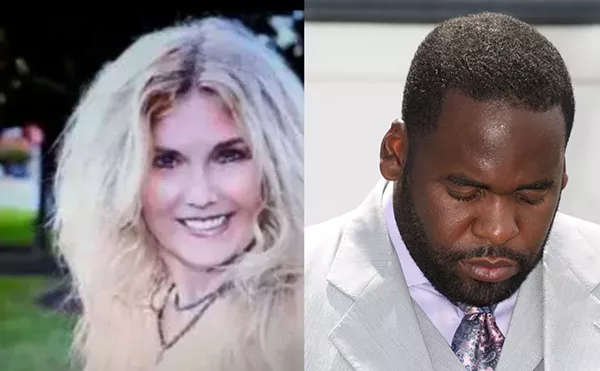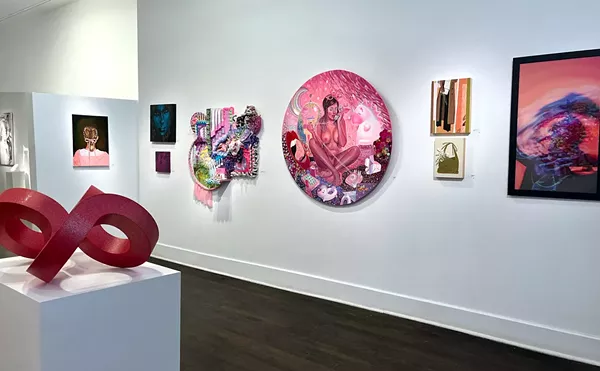
Audio By Carbonatix
[
{
"name": "GPT - Leaderboard - Inline - Content",
"component": "35519556",
"insertPoint": "5th",
"startingPoint": "3",
"requiredCountToDisplay": "3",
"maxInsertions": 100,
"adList": [
{
"adPreset": "LeaderboardInline"
}
]
}
]
Born in Pratt City, Ala., in 1913 and raised in Buffalo, N.Y., Charles Atkinson had won a local Charleston contest before he'd even hit puberty and was a professional tap dancer traveling the black vaudeville circuit by his teens. After a stint playing drums in an Army band during World War II, the rechristened Cholly Atkins formed a wildly successful and influential tap duo with Charles "Honi" Coles. But as the '50s waned, older forms of showmanship such as vaudeville and tap were edged out by television and rock 'n' roll.
Atkins second career started with a doo-wop group called the Cadillacs, who hired him in the mid-'50s to jazz up their stage act. For the Cadillacs and a growing client list that included Little Anthony and the Imperials and Gladys Knight and the Pips, Atkins put together routines typified by moves simple enough for relative amateurs to nail and precise enough to impress when performed in unison — "vocal choreography," he came to call it.
Motown hired Atkins in 1965, and soon he became an integral part of the assembly-line grooming and branding of the label's blockbuster artists, including the Miracles, the Temptations, and the Supremes. In the case of the Temptations, the flamboyant choreography he orchestrated for each song became as integral to the group's identity as its singers or songs. In some instances, Atkins' choreography has become part of the songs themselves. Ask someone over 40 to sing the chorus of the Supremes "Stop! In the Name of Love" and they very well may throw up their arm, palm outward, and continue on through the rest of the arm movements Atkins devised to sell the lyrics, even though they may not be able to remember a single line of the song's verses.
As in the '50s, times and tastes changed. Atkins was among the longtime Motown loyalists left behind when the label decamped from Detroit to Los Angeles in 1971, and the number of R&B groups depending on Atkins-style choreography began to dwindle. A few years later, he and his second wife, Maye, relocated permanently to Las Vegas, where he worked in nightclubs. But Atkins lived long enough to see his beloved tap undergo a renaissance. He won a Tony award for choreographing the 1988 tap-revival show Black and Blue and enjoyed a third career as a revered teacher and a personification of living dance history.
The impact he had on Motown's art and artists was profound — the Temptations continued to return to Atkins for periodic refreshers until his death on April 19 of pancreatic cancer at age 89; Gladys Knight and the Supremes' Mary Wilson were with him when he died — but his legacy reaches further. The choreography found in the videos and stage acts of contemporary pop, R&B, and hip-hop artists is usually a far cry from the polish and elegant economy of Atkins' classic Motown-era routines, but it all hearkens back to a practice that Atkins codified and perfected. And though teen pop may have stutter-stepped its last for now, the next time four or five young singers need something to do with the rest of their bodies while their vocal cords do the hard work, Atkins' spirit is sure to be somewhere nearby.





